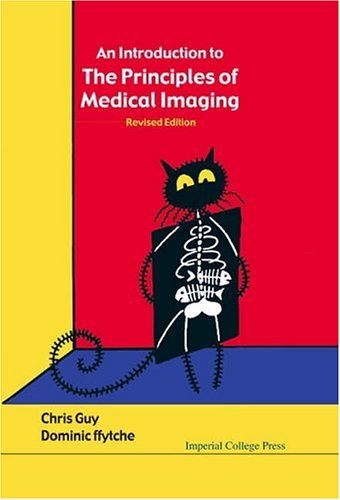

Most ebook files are in PDF format, so you can easily read them using various software such as Foxit Reader or directly on the Google Chrome browser.
Some ebook files are released by publishers in other formats such as .awz, .mobi, .epub, .fb2, etc. You may need to install specific software to read these formats on mobile/PC, such as Calibre.
Please read the tutorial at this link: https://ebookbell.com/faq
We offer FREE conversion to the popular formats you request; however, this may take some time. Therefore, right after payment, please email us, and we will try to provide the service as quickly as possible.
For some exceptional file formats or broken links (if any), please refrain from opening any disputes. Instead, email us first, and we will try to assist within a maximum of 6 hours.
EbookBell Team

4.7
46 reviewsThis book is a non-mathematical introduction to the principles underlying modern medical imaging, taking tomography as its central theme. The first three chapters cover the general principles of tomography, a survey of the atomic and nuclear physics which underpins modern imaging, and a review of the key issues involved in radiation protection. The subsequent chapters deal in turn with X-ray radiography, gamma imaging, MRI and ultrasound. The clinical role of diagnostic imaging is illustrated in the final chapter through the use of fictional clinical histories. Three appendices provide a more mathematical background to the tomographic method, the principles of mathematical Fourier methods, and the mathematics of MRI.
This revised edition includes new introductory sections on the relevant physics of molecules in general, and water, in particular. Every chapter now has a table of key points with cross-references to other sections. Several figures have also been revised.
The book is intended to provide a broad introductory background to tomographic imaging for two groups of readers: the physics or engineering undergraduate thinking of specializing in medical physics, and the medical student or clinician using tomographic techniques in research and clinical practice.